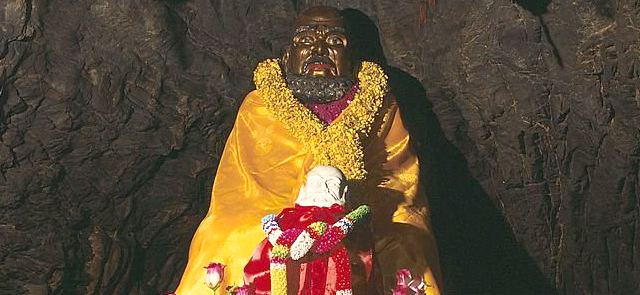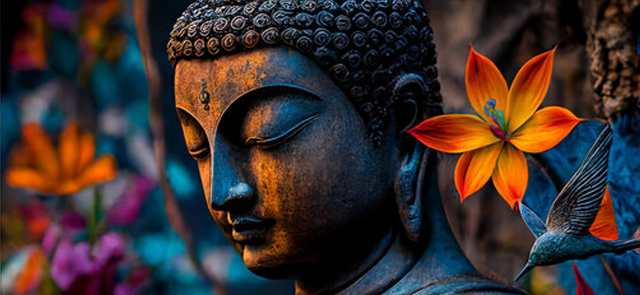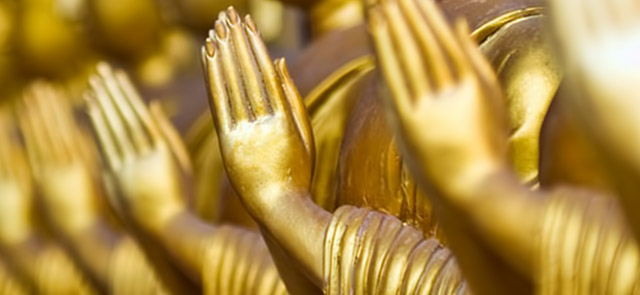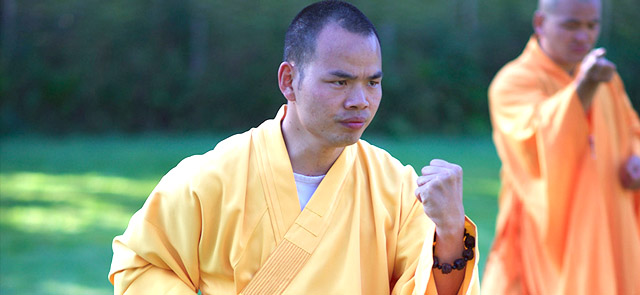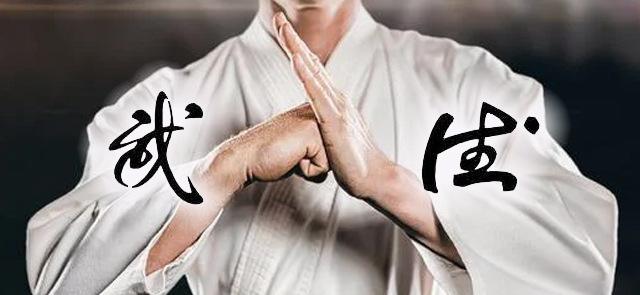Shaolin Kung Fu, renowned for its remarkable physical techniques, holds a deep-rooted connection with Buddhist spirituality. The origins of this martial art can be traced back to the Shaolin Temple in China, where monks sought to integrate their spiritual practices with physical discipline. This article delves into the profound influence of Buddhist spirituality on Shaolin Kung Fu, exploring the principles, philosophy, and training methods that unite these two ancient traditions.
he Buddhist Influence
The Shaolin Temple, nestled at the foot of Song Mountain, became a sanctuary for Buddhist monks during the early days of its establishment. It was within this tranquil setting that the foundations of Shaolin Kung Fu were laid. The monks, who were devoted to Buddhist teachings, recognized the significance of harmonizing mind, body, and spirit in their pursuit of enlightenment.
The Principles of Buddhist Spirituality
At the core of Buddhist spirituality are the Four Noble Truths and the Eightfold Path. These principles provide a framework for understanding suffering, its causes, and the path to liberation. In the context of Shaolin Kung Fu, these principles find expression in the form of discipline, mindfulness, compassion, and self-transformation.
Discipline and Mindfulness
Shaolin Kung Fu places great emphasis on discipline. Monks and practitioners engage in rigorous training, adhering to a structured routine that cultivates discipline of the body and mind. Through rigorous physical conditioning, students learn the art of concentration and the ability to remain present in the moment.
Mindfulness, another integral aspect of Buddhist spirituality, encourages the development of heightened awareness. In Shaolin Kung Fu, practitioners train to be mindful of their movements, breathing, and internal energy (known as Qi). This focused attention allows them to synchronize their physical actions with their mental intentions, resulting in enhanced performance and a deepened connection with the present moment.
Compassion and Self-Transformation
Buddhism emphasizes compassion and the alleviation of suffering for oneself and others. Shaolin Kung Fu practitioners embody this principle by cultivating compassion through their training. The practice of martial arts is not solely focused on combat; it is also a means to cultivate empathy, humility, and respect for all living beings. The discipline required in training helps individuals develop a compassionate heart, promoting harmonious relationships and a sense of unity with others.
Self-transformation is another key aspect of Buddhist spirituality integrated into Shaolin Kung Fu. Buddhist teachings emphasize the need for personal growth and liberation from attachments and desires. Through the practice of Kung Fu, individuals embark on a journey of self-discovery, overcoming their limitations, and striving for spiritual awakening. The physical challenges and internal disciplines of Shaolin Kung Fu facilitate the process of self-transformation, enabling practitioners to transcend their ego-driven tendencies and realize their true nature.
Training Methods
Shaolin Kung Fu incorporates various training methods that align with Buddhist spiritual principles. These methods include forms (katas), meditation, Qi cultivation, and philosophical teachings.
Forms: Shaolin Kung Fu consists of a wide array of forms, which are prearranged sequences of movements that simulate combat scenarios. These forms serve as a medium for refining techniques, developing fluidity, and cultivating mindfulness. Each movement in a form carries meaning and symbolism, reflecting Buddhist philosophy and the principles of harmony, balance, and non-violence.
Meditation: Meditation plays a pivotal role in both Buddhism and Shaolin Kung Fu. By engaging in seated meditation, practitioners develop inner stillness, clarity, and self-awareness. This practice enhances mental focus, allowing individuals to channel their Qi and attain a state of deep concentration, essential for mastering the art of Kung Fu.
Qi Cultivation: In line with Buddhist beliefs in the interconnectedness of all things, Shaolin Kung Fu places great importance on Qi cultivation. Qi refers to the vital life energy that flows through the body. Practitioners learn to harness and direct their Qi, enabling them to generate power, enhance their physical abilities, and maintain overall well-being. The cultivation of Qi aligns with Buddhist teachings on the interplay of body, mind, and energy.
Philosophical Teachings: Buddhist philosophical teachings, such as impermanence, non-attachment, and the Middle Way, are woven into the fabric of Shaolin Kung Fu. The guidance and wisdom derived from these teachings provide practitioners with a broader understanding of themselves, their actions, and their place in the world. It fosters a deep sense of purpose, discipline, and spiritual growth within the practice of Kung Fu.
Conclusion
Shaolin Kung Fu stands as a testament to the profound influence of Buddhist spirituality on martial arts. Through the integration of Buddhist principles, philosophy, and training methods, Shaolin Kung Fu has evolved into more than a physical discipline; it has become a transformative path for spiritual development. The fusion of Buddhist spirituality and martial arts in Shaolin Kung Fu exemplifies the harmony between mind, body, and spirit, offering practitioners a holistic approach to self-discovery, self-improvement, and the cultivation of compassion and wisdom.
